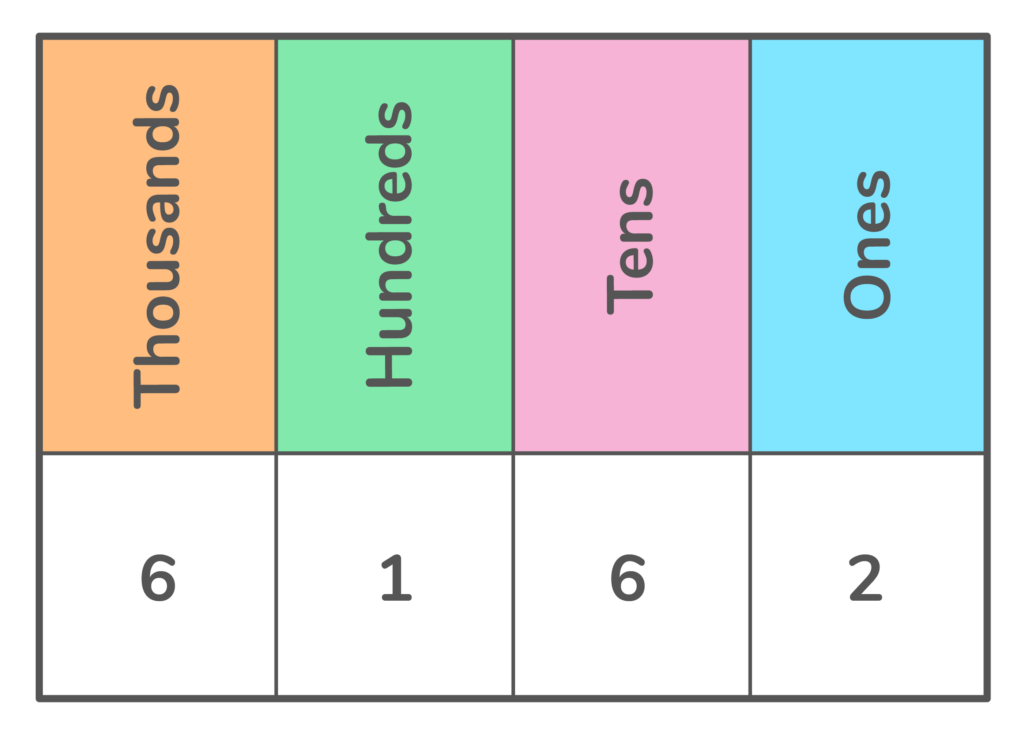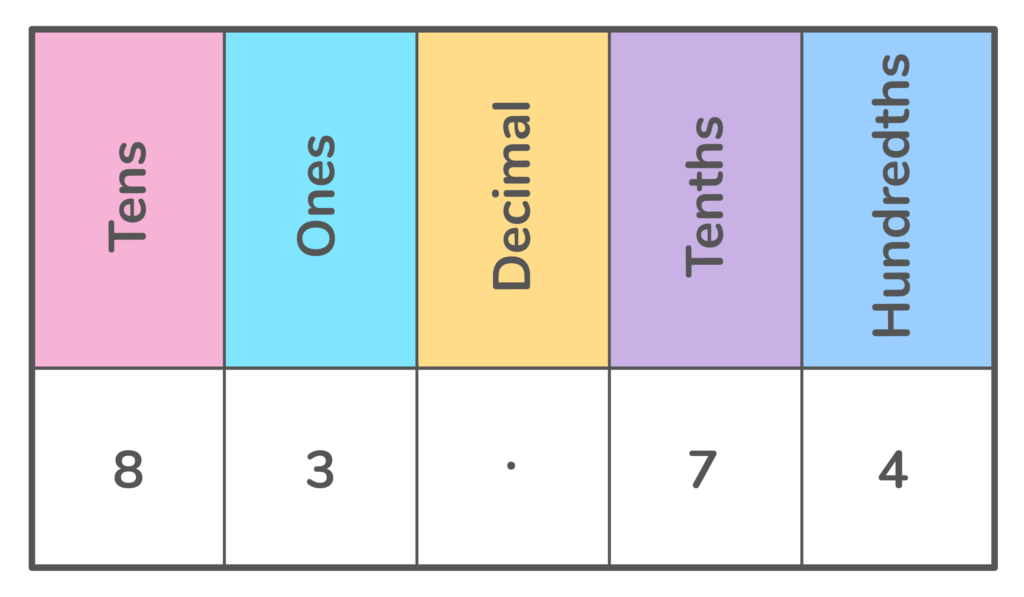What is Expanded Form?
Learn what standard form is and have a go at some questions!

Author
Katie Wickliff
Published:
Nov 2024
Key takeaways
- • Expanded form is a way to write numbers by adding the value of its digits
- • Using expanded form helps us to determine place value and add up large numbers without using a calculator!
As students learn about the place value of numbers, they also learn about expanded form. If you don’t know what expanded form means, don’t worry! This article provides a comprehensive overview of expanded form and explains how to write numbers in expanded form. We also include plenty of examples and practice problems to build your student’s confidence. Let’s get started!
What is Expanded Form in Math?
Expressing a number in expanded form stretches out the number to show the value of each digit. While we are used to seeing numbers in their standard form, expanded form helps determine place value and is also a way to add large numbers without a calculator. Understanding expanded form helps students develop stronger number sense.
Table of contents
Strengthen your math skills with DreamBox
Turn math into playtime with DreamBox Math
DREAMBOX MATH
Get started for FREE today!

Examples of Expanded Form
Standard Form: 834
8 hundreds
3 tens
4 ones
Expanded Form: 800+30+4
In this expanded form example, we see that the digit in the hundreds place (8) is represented by writing 800, the digit in the tens place (3) is represented by writing 30, and the digit in the ones place (4) is represented by writing 4.
Let’s try another expanded form example with a larger number:
Standard Form: 23,791
2 ten thousands
3 thousands
7 hundreds
9 tens
1 ones
Expanded Form: 20,000+3,000+700+90+1


The math program that drives results
Get started today!
DreamBox adapts to your child’s level and learning needs, ensuring they are appropriately challenged and get confidence-building wins.
How to Write Numbers in Expanded Form
Understanding place value is essential to writing numbers in their expanded form. Using a place value chart or another table can help students accurately express the expanded form of both whole numbers and decimal numbers, like the example below:
Writing Whole Numbers in Expanded Form
Start from the left with the first digit (6). We know that the digit is in the thousands place, so write “6” in the blank space under thousands. Then we do the same for the digit in the hundreds place, in the tens, and in the ones.
Inserting digits into the chart helps students write the whole number in expanded form:
6,000+100+60+1

Writing Decimals in Expanded Form
Decimal numbers consist of a whole number and a fractional part, separated by a dot called a decimal point. In a decimal number, the digits to the left of the decimal point are whole numbers, and the digits to the right of the decimal point are fractional parts of the number. Writing expanded form with decimals is similar to writing whole numbers in expanded form. Students can use a place value chart or table to write the expanded form of decimals, like the example below:
Standard Form: 83.74

Inserting digits into the chart helps students write the decimal number in expanded form:
Expanded Form:
80+3+7/10 + 4⁄100
Or
80+3+0.7+0.04
Practice Problems
700,000+20,000+3,000+100+10+9
40+5+0.7+0.02
600+40+5
FAQs about Expanded Form
Expanded form is a method of writing a number to show the value of each digit.
You can write a number in expanded form by writing the place value of each digit and then adding them together to reach the sum in the standard form.
Take at home math practice to the next level
Empowering parents and educators to make math practice more impactful. Plus, your kids will love it.


